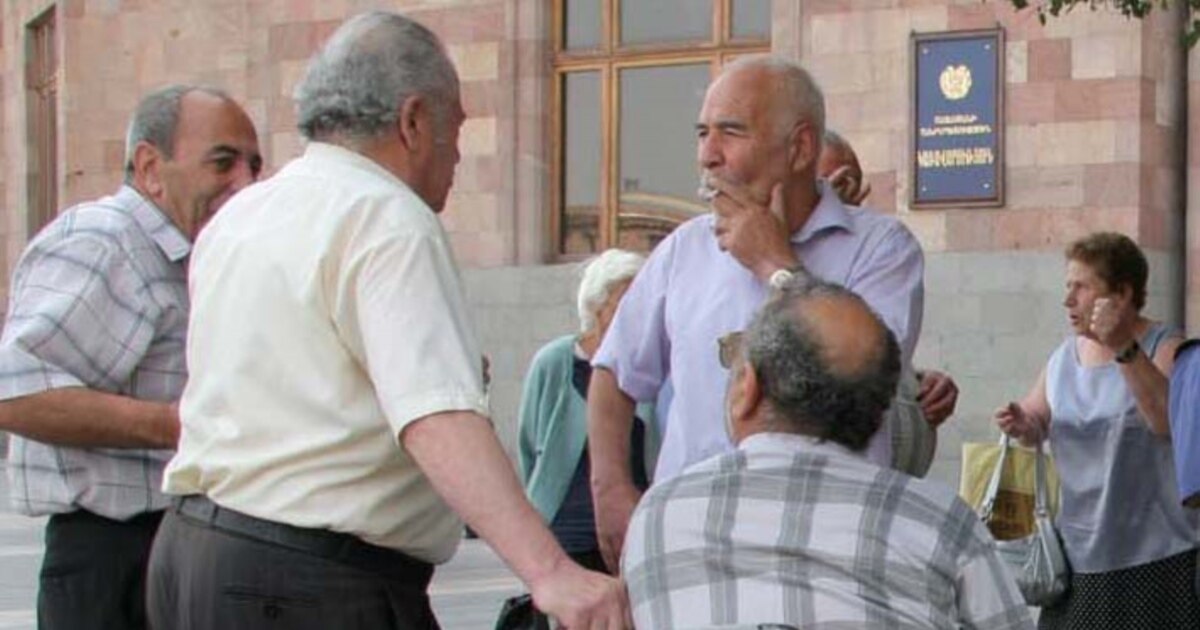Re: How do you imagine your ''Ideal Armenia''?
Nicely put...
Originally posted by KarotheGreat
View Post













Comment